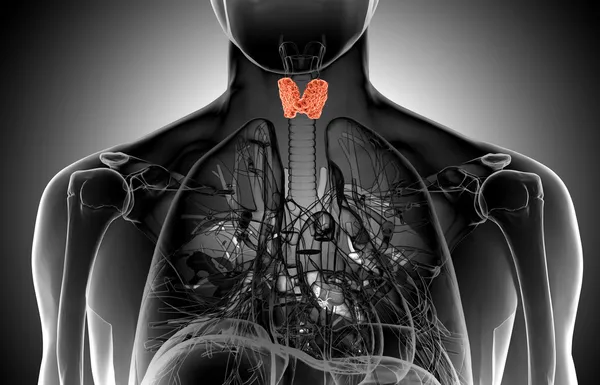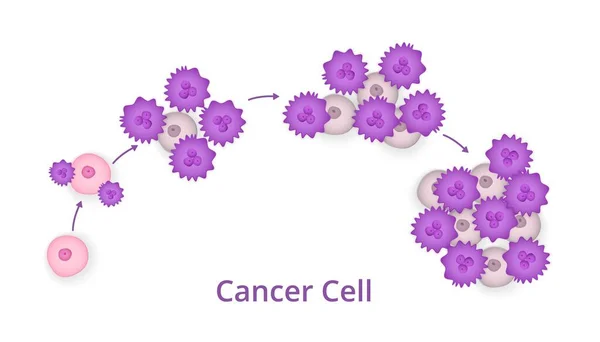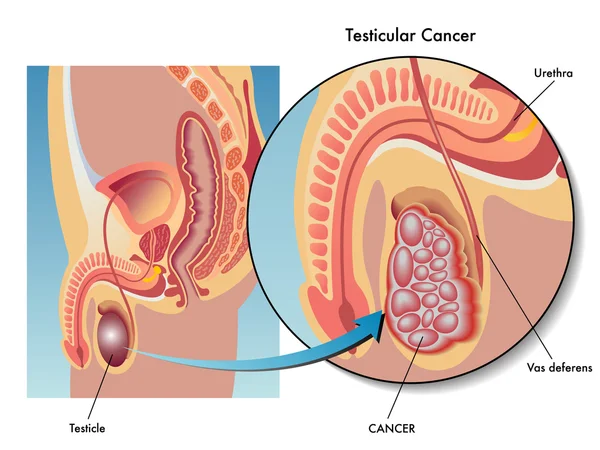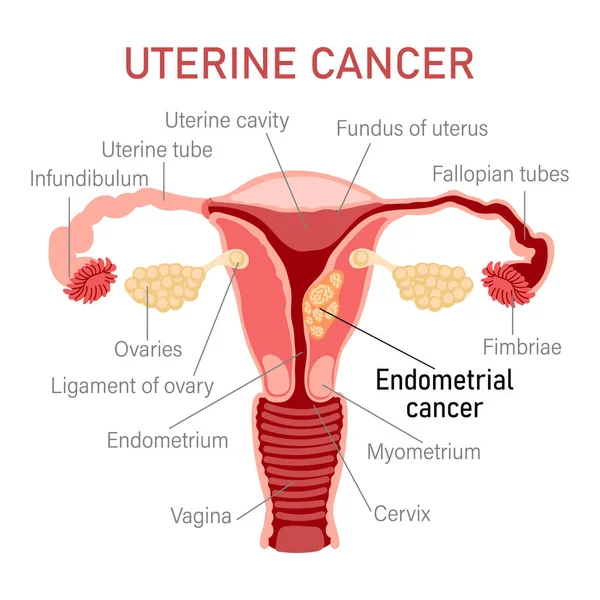
Thyroid cancer, a disease characterized by abnormal cell growth in the thyroid gland, is the most common endocrine cancer. The thyroid gland, located at the base of your neck, produces hormones that regulate heart rate, blood pressure, body temperature, and weight. Despite being relatively uncommon, understanding the symptoms of thyroid cancer is crucial for early detection and treatment. This article delves into the signs and symptoms of thyroid cancer, aiming to enhance awareness and encourage timely medical consultation.
What is Thyroid Cancer?
Thyroid cancer can occur in any age group, although it is most commonly diagnosed in adults between the ages of 30 and 60. The prognosis for thyroid cancer is generally favorable, with high survival rates, especially when diagnosed early. There are several types of thyroid cancer, with papillary and follicular thyroid cancers being the most common and the most treatable forms.
Recognizing the Symptoms of Thyroid Cancer
Thyroid cancer may not cause any symptoms in its early stages. However, as the cancer grows, it can lead to a variety of signs and symptoms. It is important to note that these symptoms can also be caused by conditions other than thyroid cancer. Here are the most common signs to watch for:
1. Lump in the Neck
A noticeable lump or swelling in the neck is one of the most common signs of thyroid cancer. This lump, which may grow quickly, can sometimes be seen or felt under the skin.
2. Changes to Voice
Thyroid cancer can lead to changes in your voice, including increased hoarseness. This happens when the cancer affects the nerves that control your vocal cords.
3. Difficulty Swallowing
As the tumor grows, it can cause discomfort or difficulty swallowing due to pressure on the esophagus (the tube that connects your throat to your stomach).
4. Trouble Breathing
A growing thyroid tumor can press on the trachea (windpipe), leading to shortness of breath or difficulty breathing.
5. Neck Pain
Pain in the front of the neck, sometimes extending to the ears, can be a symptom of thyroid cancer. This pain might be persistent or come and go.
6. Persistent Cough
A cough that does not result from a cold or other respiratory condition and persists for a long period can be a sign of thyroid cancer.
Risk Factors and Prevention
Certain factors may increase your risk of developing thyroid cancer, including:
- Gender: Women are more likely to develop thyroid cancer than men.
- Age: Thyroid cancer can occur at any age, but the risk peaks in someone’s 30s and 60s.
- Exposure to high levels of radiation: History of radiation exposure, especially during childhood, elevates the risk.
- Family history: Having a family history of thyroid cancer or genetic syndromes increases the risk.
While some risk factors like age and gender cannot be modified, understanding what might increase your risk can guide health decisions and surveillance strategies.
When to See a Doctor
If you experience any of the symptoms mentioned, especially a lump or swelling in your neck, it is crucial to see a doctor promptly. Early detection vastly improves the chances of successful treatment. Regular check-ups and discussing any changes in your health with your healthcare provider play a vital role in maintaining health.
Conclusion
Recognizing the symptoms of thyroid cancer is essential for early diagnosis and treatment. While many of these symptoms can be attributed to other, less serious conditions, it is important not to dismiss them. Regular medical check-ups and paying attention to changes in your body can help detect thyroid cancer in its early stages, leading to more effective treatment and better outcomes. If you have concerns or notice any symptoms, consult with a healthcare professional for a thorough evaluation.




